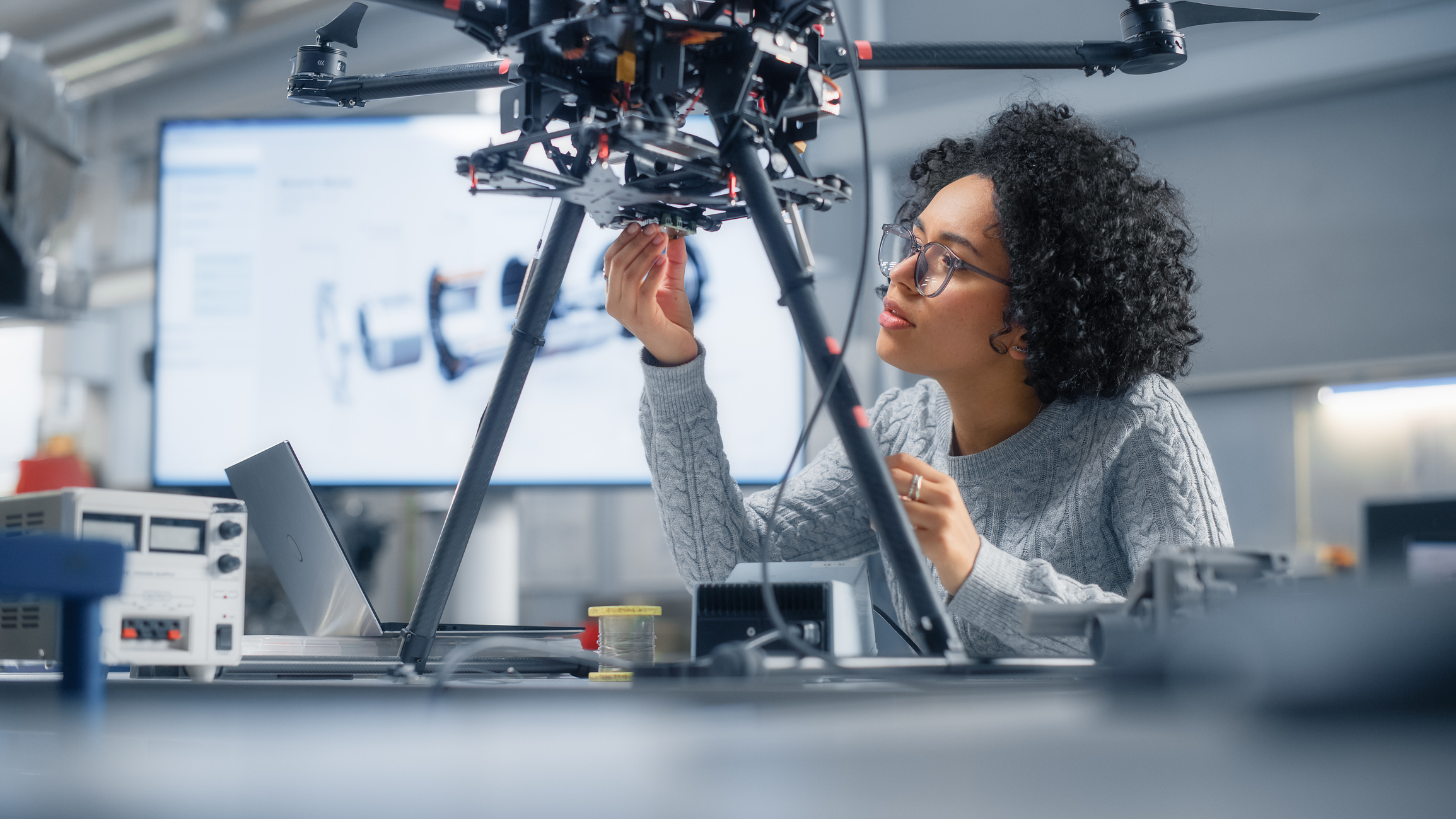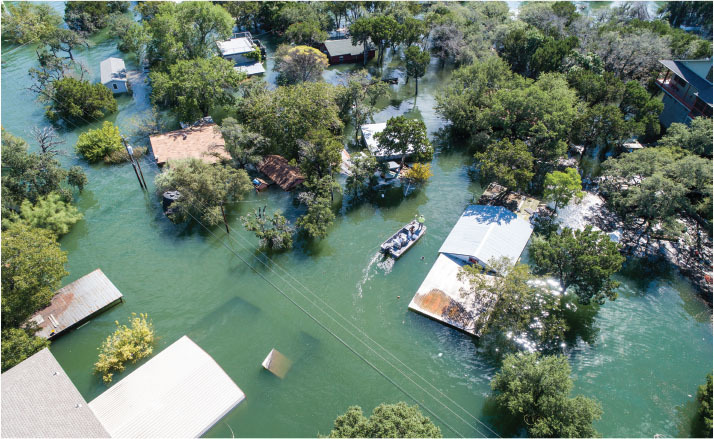July/August 2019
Concepts
Can Licensing Adapt to Emerging Disciplines?
BY AJ VINCELLI
 It has recently been debated in NSPE’s online Open Forum that a four-year degree from an ABET-EAC accredited program be made mandatory for professional engineer licensure, without exceptions. The intended goals are to ensure a higher national standard, to protect the high value and quality of the PE license, and to prevent potentially unqualified candidates (such as engineering technology graduates) from gaining licensure. Furthermore, the health, safety, and welfare of the public, as well as the integrity and ethics of the licensed engineer, cannot be jeopardized by those who have taken an alternative path to PE licensure. As expected, this topic has been much debated from many perspectives.
It has recently been debated in NSPE’s online Open Forum that a four-year degree from an ABET-EAC accredited program be made mandatory for professional engineer licensure, without exceptions. The intended goals are to ensure a higher national standard, to protect the high value and quality of the PE license, and to prevent potentially unqualified candidates (such as engineering technology graduates) from gaining licensure. Furthermore, the health, safety, and welfare of the public, as well as the integrity and ethics of the licensed engineer, cannot be jeopardized by those who have taken an alternative path to PE licensure. As expected, this topic has been much debated from many perspectives.
Regardless of the debate, it will never be possible to obtain an accredited engineering undergraduate degree in emerging and highly cross-disciplinary engineering fields. In such cases, a particular four-year engineering program doesn’t exist yet. New fields evolve from industry or government innovation, and perhaps 10 years are needed for experts to appear and then return to academia. An undergraduate degree is finally established only when the demand is high enough to offset the burden of creating and maintaining it. Limiting engineering licensure to already-established undergraduate programs would stunt the potential of new fields that would greatly benefit from an engineering approach and professionalism.
Bioengineering is an example of a new field for which an undergraduate engineering degree has only recently been implemented. Fifteen years ago, an undergraduate degree did not exist for the field of bioengineering as we know it today. Historically, even engineering degrees claiming a biological component were almost exclusively comprised of traditional engineering courses, and credit was awarded for only a few elective biology courses. We now recognize the bioengineering discipline as heavily derived from biological sciences, encompassing specialties such as biomedical, biomolecular, pharmaceutical, protein, tissue, and neural engineering, among others. To practice bioengineering without a thorough knowledge of biology would be like designing an HVAC system without knowing what a building is.
The vast majority of first-generation bioengineers do not have an undergraduate degree in bioengineering because it did not exist when they were students. Emerging bioengineers likely arrived at their profession by way of biology, biochemistry, or computer science, and then gained fundamental engineering knowledge (thermo, kinetics, forces, fluids, distillation, etc.) through graduate coursework or independently. First-generation bioengineers are now teaching undergraduate bioengineering courses in ABET-EAC accredited programs. This enables next-generation bioengineers to obtain PE licenses in an already-established discipline, mechanical for example, without needing the additional 8–16 years of engineering experience required by most state licensing boards to compensate for a lack of approved engineering education.
Licensed professional engineers are desperately needed in emerging disciplines—even more than in established engineering disciplines—due to their exploratory and rapidly evolving nature. Importantly, public health and safety must be paramount as new technologies are implemented, and PEs are trained to prioritize these factors above all others. Additionally, fundamental engineering principles are essential and beneficial for emerging fields that aren’t yet established in the university. Solid engineering practices should still be routinely applied in emerging and cross-disciplinary technologies to increase success rates and mitigate financial and societal risks.
Importantly, licensing exams for emerging engineering disciplines—where licensure may be most crucial—also experience a significant development lag. Consider that the medical device industry has suffered extensive litigation from failed devices that clearly harm public health. The International Consortium of Investigative Journalists reported that 5.4 million medical device adverse events were sent to the Food and Drug Administration over the last decade, including 83,000 deaths. A PE stamp is not currently required or encouraged by the FDA for medical device applications, and no PE exam discipline is suitable for such a stamp. Yet, application certification by a licensed bioengineer, who assumes responsibility for the designs, may greatly help to de-risk new medical devices and protect the public. Surely by the time an undergraduate engineering degree is established for an emerging discipline, such as bioengineering, a corresponding PE exam discipline could be created to support and guide its industry practice.
In summary, there is a significant delay in undergraduate engineering degree development for emerging and highly cross-disciplinary fields, inherently precluding a PE licensure requirement for a fouryear degree from an ABET-EAC accredited program. Additionally, emerging fields dominated by nonengineers would greatly benefit from engineering approaches that mitigate financial and societal risk, as well as from licensed engineers who are trained to prioritize public health and safety. Finally, PE exam disciplines also experience a detrimental lag in development, as demonstrated by the adverse events in the medical device industry.
Future technologies cannot be predicted for certain, but three things are true: 1) an appropriate undergraduate engineering degree doesn’t yet exist in these fields; 2) the application of engineering principles will greatly improve the emerging technologies; and 3) public health and safety must be prioritized.
NSPE member AJ Vincelli is a doctoral student in biotechnology at the University of Massachusetts Dartmouth.


 Volunteering at NSPE is a great opportunity to grow your professional network and connect with other leaders in the field.
Volunteering at NSPE is a great opportunity to grow your professional network and connect with other leaders in the field. The National Society of Professional Engineers (NSPE) encourages you to explore the resources to cast your vote on election day:
The National Society of Professional Engineers (NSPE) encourages you to explore the resources to cast your vote on election day:



